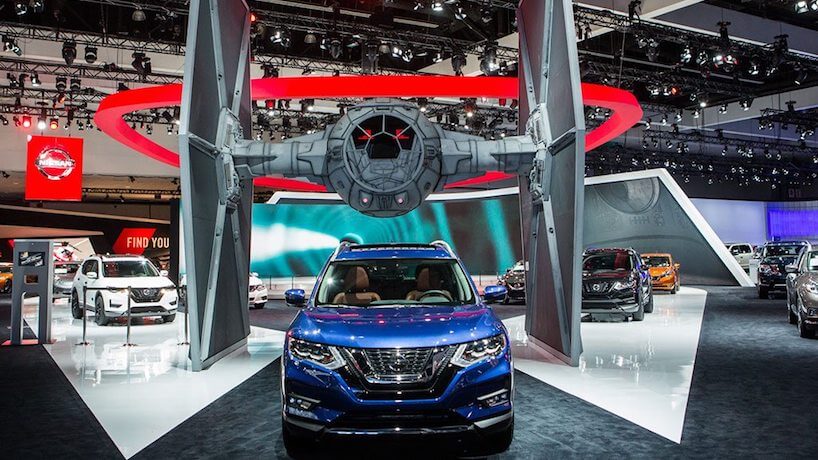When Terri Toennies joined ANSA Productions as executive vice president and general manager in 2012, her security concerns for the company’s flagship event — the LA Auto Show — seemed relatively simple compared with the demands of safety in 2017. “Back then, we checked bags on press days,” Toennies told PCMA in a recent interview. “But the team wasn’t looking for explosives. They were more worried about protesters from auto unions.
“Now, there are much bigger threats confronting events,” Toennies said. “It’s just the way the world is today.”
One of the top five global auto shows, the LA Auto Show welcomes hundreds of thousands of visitors from around the world. The experience takes over the entire Los Angeles Convention Center, stretching outside with an additional 55,000-square-foot pavilion for the four-day, B2B-focused AutoMobility LA event that precedes the 10-day consumer show. As Toennies prepares for this year’s first visitors to arrive on Nov. 27, she recently made a purchase that every event organizer can appreciate: She bought four new pairs of shoes. She’ll need them, too. Last year, she racked up 160 miles’ worth of steps on her FitBit. “You’ve got to be on your toes the entire time — literally,” Toennies said. “You have to constantly walk the whole perimeter to make sure that people are in their appropriate positions.”
Who’s on the Team?
Those regular tours include pit stops with a lot of different people. Toennies said that her security team includes 200 to 250 personnel spaced throughout the building. In addition to working closely with convention-center staff — and their 300 cameras, which are monitored 24/7 — Toennies hires off-duty officers from the Los Angeles Police Department. “These are officers who work in the Central Division,” Toennies said. “They know if there is something buzzing or if something is going on outside that we should be aware of in the convention center. They loyally work for us and take time off from their jobs during the show to become an extension of our team.”
In addition to placing armed off-duty officers and security personnel around the perimeter, Toennies recently launched an innovative ambassador program to beef up the on-site team. The ambassadors come from a background of delivering VIP-level service for green-room security for big recording artists. “These are polished hospitality professionals who can deliver real service for guests looking for general building information and assistance navigating the show,” Toennies said, “but they’re also trained in the see-something, say-something approach. So, in addition to helping our guests, we know we can count on them to add an extra layer of safety.”
They also add an extra layer of revenue. The ambassador program turned into a sponsorship opportunity for a brand that wanted to put the team in shirts. “It’s an expensive venture to secure a big venue,” Toennies said. “But there are opportunities to help recoup some of those costs.”
What About All Those Other Employees?
While Toennies can control the personnel that she hires, she highlighted a new area of concern that has been keeping her up at night: the workers that she doesn’t know. What about all the day laborers who help with catering, decorating, and other responsibilities in the venue?
“Event professionals all need to look at how we control the union employees who are hired specifically for the event — the sub-subcontractors,” Toennies said. “Some of them are bringing toolkits, backpacks, and crates. This year, we have K-9 dogs roaming and random security checks throughout the move-in.”
How Often Do Measures Change?
Adding more resources during move-in is an example of the continuing evolution of the show’s approach to security. Last year, Toennies implemented a new bag-check policy. She worried that consumer attendees would complain about the additional wait time. However, she said there were no complaints from the hundreds of thousands of attendees who came to see the latest in automotive innovation. “The public now expects these measures,” Toennies said. “We go through them at concerts and airports, and the reality is that we should go through them at business events, too.”
After the 2017 LA Auto Show ends on Dec. 10, Toennies and the ANSA Productions staff will sit down with all the security teams to evaluate what can be improved in 2018. She’ll also ask the manufacturers that participated for their feedback on what they’re seeing at other shows to determine more enhancements.
“Every show organizer should be evaluating their security measures,” Toennies said. “No matter how big or small, this issue affects all of us. It should be a top priority for every meeting, show, conference, and event.”

